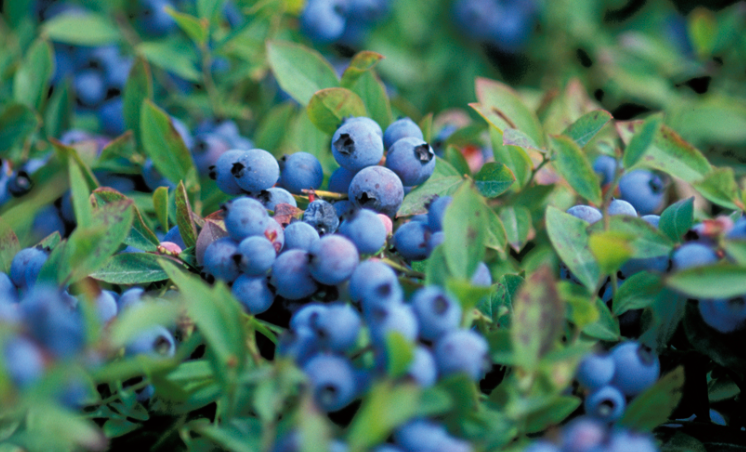Make Way for Anthocyanins—the Power Behind the Purple
Chances are, you’ve read or heard about antioxidants before, but did you know the “new kid” on the berry health-promotion scene is a group of beneficial plant compounds called anthocyanins (pronounced an-tho-sigh-a-nins)? Although their presence in plants is not a new discovery, scientists have more recently begun to find that anthocyanins may hold the key to many of the health effects found in foods like Wild Blueberries. It’s time to give anthocyanins their time in the spotlight.
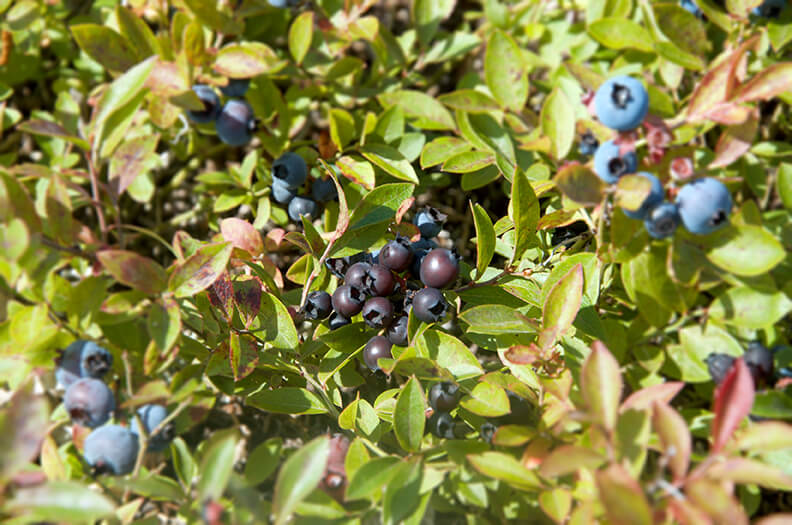
What are anthocyanins, anyhow?
Anthocyanins, named for the Greek words for “flower” and “blue,” are part of the flavonoid group of plant compounds. Anthocyanins are beneficial to the plants: they appear to protect the plants from the damage of ultraviolet light and other environmental stressors. A growing body of research is revealing that anthocyanins are beneficial to humans, too.
Boosting the blue (and purple) in our diets
We get anthocyanins from a variety of foods, and the easiest way to locate them is by color. As pigments, they’re easy to spot—unlike most other plant compounds. When you see red, purple or blue-hued fruits and vegetables, you know they contain anthocyanins. Berries and their juices contain the most anthocyanins, and Wild Blueberries, in particular, contain a wide range of anthocyanins. In fact, a study that examined the anthocyanin content of 24 foods found that Wild Blueberries provided 487mg of total anthocyanin per 100g of fruit—significantly more total anthocyanins than other commonly consumed berries in the US including cultivated blueberries. (See chart.)
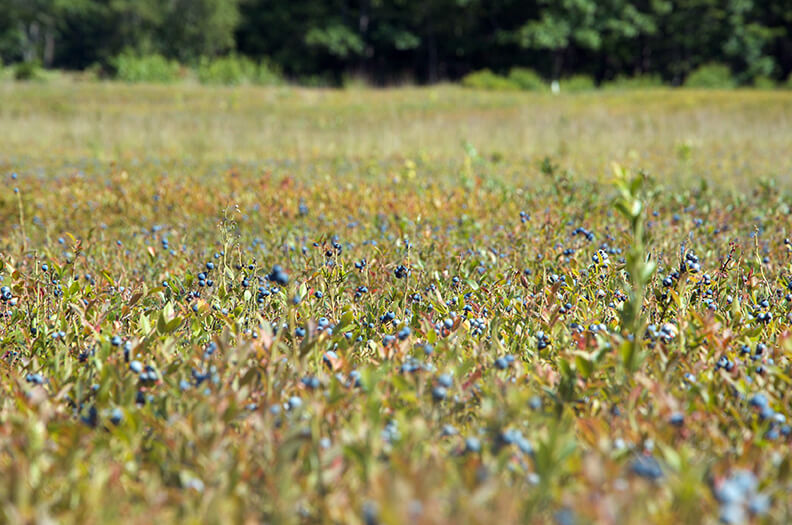
Some other foods that contain anthocyanins include:
- red cabbage
- purple potatoes
- purple cauliflower
- elderberries
- black currants
- purple carrots
- eggplant
- red onions
- plums
- figs
What exactly do anthocyanins do in the body?
The role of anthocyanins in the human body is still an area of intense investigation, and we clearly don’t know everything there is to know about this large class of compounds. However, we do know that when we eat foods containing anthocyanins, they change form during the process of digestion and are extensively modified by the body and also by microflora (bacteria) in the intestines. These modified compounds generally referred to as metabolites, are plentiful and widely varied.
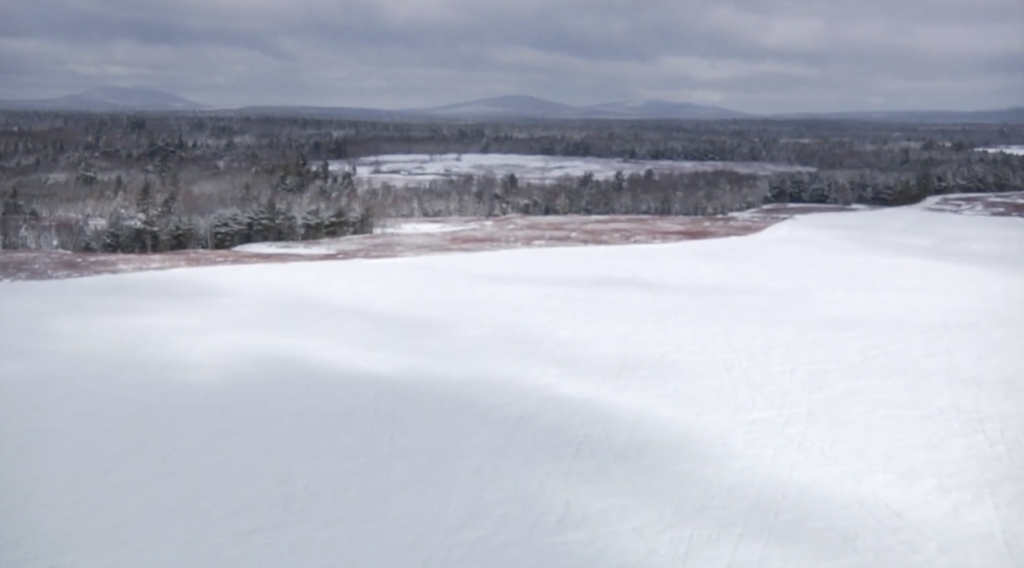
Research indicates that anthocyanins exert their effects indirectly, via their metabolites. These effects include reducing the risk of chronic diseases such as cardiovascular disease, cancer, diabetes, and neurodegenerative diseases. Some of the specific actions of anthocyanins and their metabolites include:
- may help lower LDL cholesterol (also known as “bad cholesterol”)
- fight against the progression of atherosclerosis in humans
- may improve insulin resistance and moderate blood sugar levels in animals
- may boost cognitive function
- inhibit growth of certain cancer cells
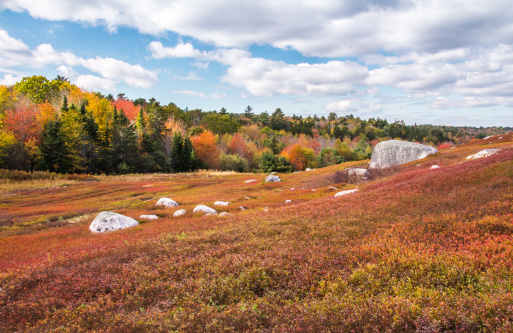
There is still much to be learned about the mechanisms by which anthocyanins and their metabolites influence human health. It’s an exciting realm of research and one that the Wild Blueberry Association of North America is pleased to help support. In the meantime, take every opportunity to bump up the blue and purple in your diet by incorporating Wild Blueberries into your eating plan frequently (check out our extensive recipe collection here), along with a variety of other anthocyanin-rich foods.
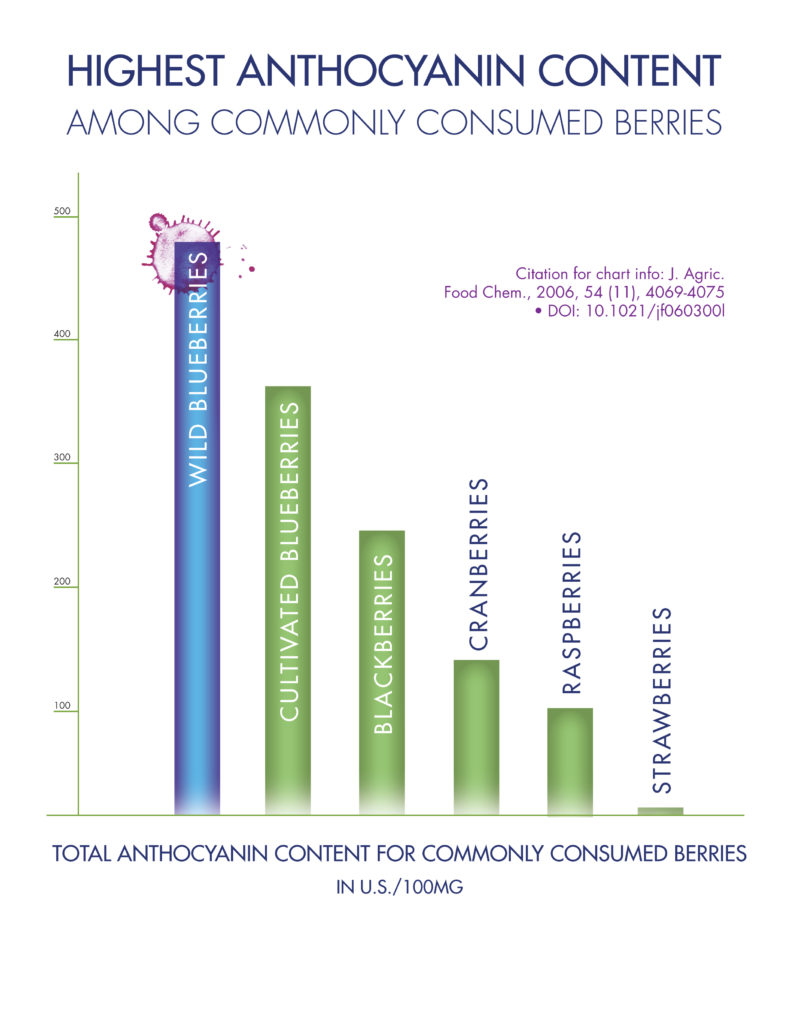
References:
J. Agric. Food Chem., 2006, 54 (11), 4069-4075 • DOI: 10.1021/jf060300l

